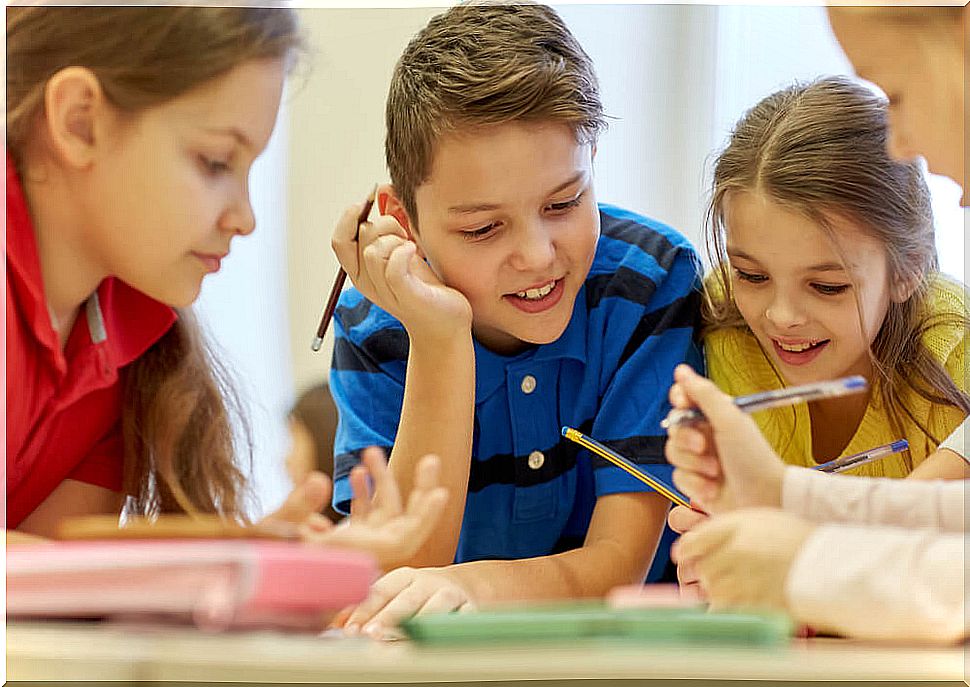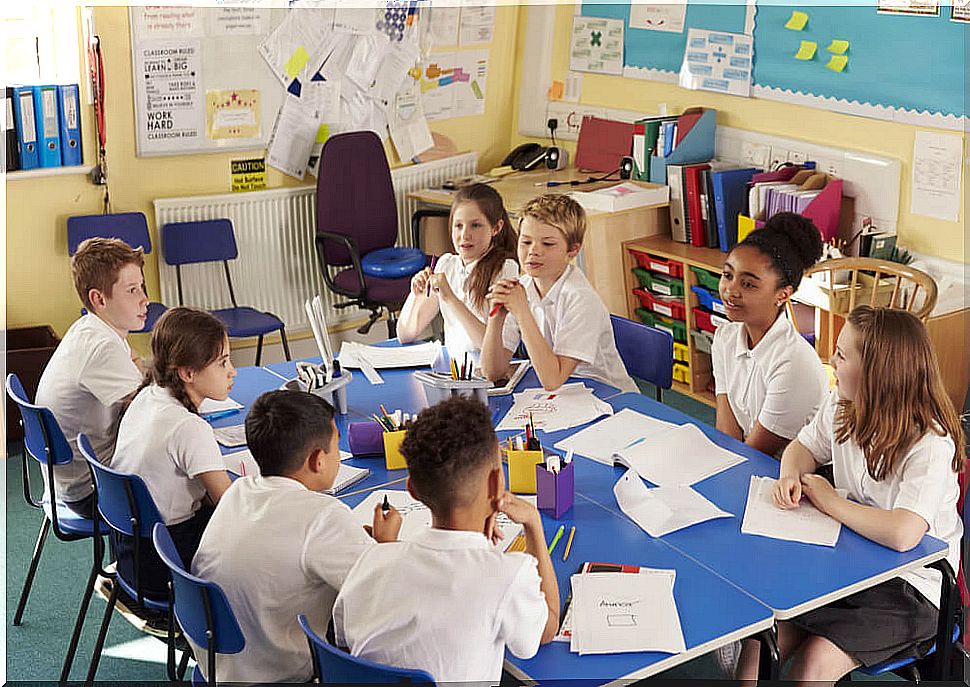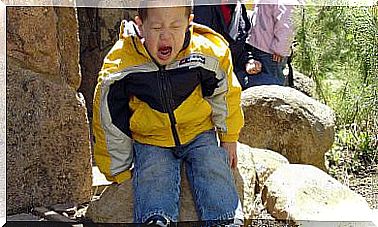Sociometry In The Classroom

Sociometry in the classroom makes it easier for us to better understand the relationships that exist between students, and between them with their educators. These relationships can be very diverse, varied and complex. With this, any educational intervention that is proposed can be more positive and effective to the extent that it can be based on a more systematic study of social relations.
Sociometry is a method that can help us obtain more concrete and objective data from the relationships that people have within the classroom. But to reach these conclusions, we must first know well what this sociometry is.
What is sociometry?
It is a quantitative and statistical method, developed by the psychotherapist Jacob Levy Moreno, to study and measure the forms or types of interrelations existing in a group.
Sociometry is the investigation of the evolution and organization of groups, and the position that subjects occupy in them. Its purpose is to observe the interpersonal relationships that occur within groups, made up of individuals who know and influence each other and have common goals.

An interesting and innovative contribution of sociometry is the so-called sociogram. This is a graphic representation of the structure of a group, in which we can show the relationships between its members, the subgroups, the position of each one, the members who are leaders or the forgotten ones.
The sociometric test
To obtain a sociogram, sociometry uses a technique called “sociometric test” and a “sociomatrix”, which is a table in which the answers are reflected. The test consists of a questionnaire with a reduced number of questions in which each person indicates with which members of their group they wish, or not, to develop a specific activity.
The members of the group should be informed that their answers will not be revealed to the rest of their classmates. But they should also be warned about the need for the answers to be as honest as possible in order to guarantee the validity of the study.
The object of measurement is the preferences or dispositions of each member for interaction or communication with others regarding a specific task. So, a sociometric test allows obtaining data such as:
- Social position of each member within the group.
- Locate leaders who serve as binders for the rest of the components and analyze their impact on the group.
- Level of acceptance that each member has in their group.
- Information on the affective and productive areas.
- Degree of cohesion of the group, if there is integration or there are isolated groups.
- Members who are marginalized, isolated and find it difficult to integrate.
- Spontaneous collective reactions to certain group events, such as the incorporation of new subjects, for example.
It is important to note that the test can be applied in a stable and structured group. Precisely, a class group or group of students meets these characteristics, with which, applying a sociometric test in the classroom can be very effective to know the relationships that develop between its members.

Benefits of Sociometry in the Classroom
Sociometry and the application of a sociometric test to obtain a school sociogram has many benefits, mainly because it enables a better knowledge and understanding of the true functioning and degree of cohesion of the class group.
Sociometry can allow us to discover what really happens in the group, something that, sometimes, is not so easy to know at a glance. Basically, it can reveal affinity relationships between its members that should be considered and addressed.
But all information in this sense is very valuable and useful to avoid situations of harassment, rejection or bullying in the classroom. And to make, if necessary, educational decisions and pedagogical and didactic strategies whose objective is to work and improve group cohesion and integration.
Ultimately, all of them can be achieved considering aspects such as communication, cooperation, solidarity, camaraderie and empathy among the members of the group within the classroom.









